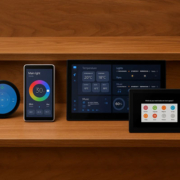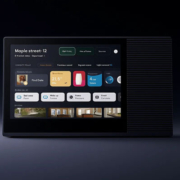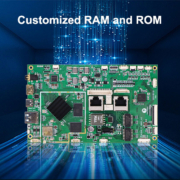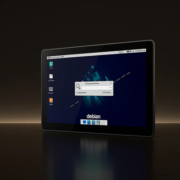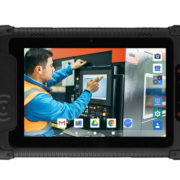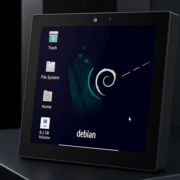Which is Better for Smart Home: SoC Board or SoM Board?
When designing smart home devices—whether it’s a wall-mounted control panel, a voice assistant, a smart mirror, or a centralized automation hub—one of the most important decisions for engineers and product developers is choosing the right hardware platform. Two main options dominate embedded system architecture: SoC (System on Chip) boards and SoM (System on Module) boards.
But which is better for smart home applications? The answer depends on your project goals, development timeline, production scale, and required flexibility. This article compares SoC boards and SoM boards in the context of smart home applications and helps you choose the most suitable path.
What Is a SoC Board?
A System on Chip (SoC) integrates essential computing elements—CPU, GPU, memory controller, I/O, and sometimes an NPU—into a single silicon chip. SoC boards are typically custom-designed PCBs that embed this chip along with external components such as memory, power circuitry, connectors, and wireless modules.
In smart homes, SoC boards power devices like:
- Low-cost smart speakers
- Voice assistants
- Entry-level automation controllers
- Custom-designed touchscreen panels
Pros:
- Fine-grained control over hardware
- Potentially lower BOM cost at high volumes
- Better for high-scale, mature production
Cons:
- Requires significant engineering effort
- Longer development and debugging cycle
- Risk of hardware issues in early stages
What Is a SoM Board?
A System on Module (SoM) is a compact, pre-engineered computing module that includes an SoC, RAM, storage, power management, and sometimes wireless connectivity—all in a ready-to-deploy format. It is paired with a carrier board (also called a baseboard) that breaks out interfaces like HDMI, RS485, USB, GPIO, and PoE Ethernet.
In smart homes, SoMs are ideal for:
- Smart control panels
- Intercom terminals
- Centralized automation systems
- Home hubs with AI and voice features
Pros:
- Speeds up development and time-to-market
- Easier prototyping and customization
- Pre-tested and reliable hardware
- OS and BSP support included (e.g., Android/Linux)
❌ Cons:
- Slightly higher unit cost compared to custom SoC boards
- May be oversized for ultra-compact devices
SoC vs SoM for Smart Home: Side-by-Side Comparison
| Feature | SoC Board | SoM Board |
|---|---|---|
| Integration Level | Chip only | Complete module (SoC + RAM + Flash) |
| Hardware Design Complexity | High | Low |
| Development Speed | Slower | Much faster |
| Customization | Highly customizable at hardware level | Customization via carrier board |
| Risk | Higher (full board design needed) | Lower (module is pre-validated) |
| Software Support | Requires SDK/BSP setup | Comes with BSP, OS image ready |
| Best For | Large-scale final products with cost constraints | Rapid prototyping, mid-scale products, OEM flexibility |
| Use Case Example | Mass-market smart thermostat | Custom smart home control panel |
Real-World Example: Portworld Solutions
At Portworld, we develop and supply both SoM-based and SoC-based embedded solutions for smart home automation. For most smart home applications—especially those requiring flexibility, Android/Linux support, and integration of AI functions—SoM boards offer clear advantages:
Example:
- Product: YC-SM08P 8-inch Android smart touch panel
- Platform: RK3566 SoM with carrier board
- Use Case: Centralized smart home controller for lighting, HVAC, and door access
- Advantages: Easy to customize interfaces, fast development with Android BSP, supports PoE, RS485, Wi-Fi, and Bluetooth
Whether you’re building a premium smart panel or an AI-powered automation gateway, Portworld offers OEM/ODM customization, carrier board design, and SDK integration to help you deliver a competitive, reliable product to market faster.
Conclusion: Which One Should You Choose?
If you’re developing a high-volume, cost-sensitive product and have a dedicated hardware team, a custom SoC board may be the right choice.
However, for most smart home projects, especially where you need faster development, lower risk, and future scalability, a SoM board is the better solution. It allows you to focus on software, user experience, and system integration—without reinventing the hardware core.


